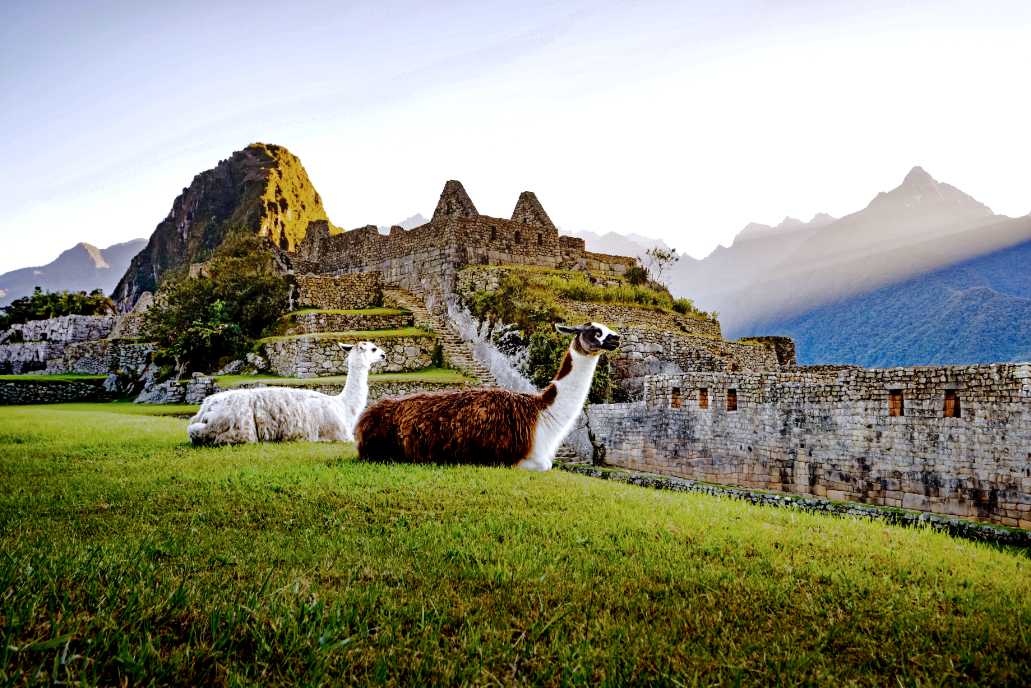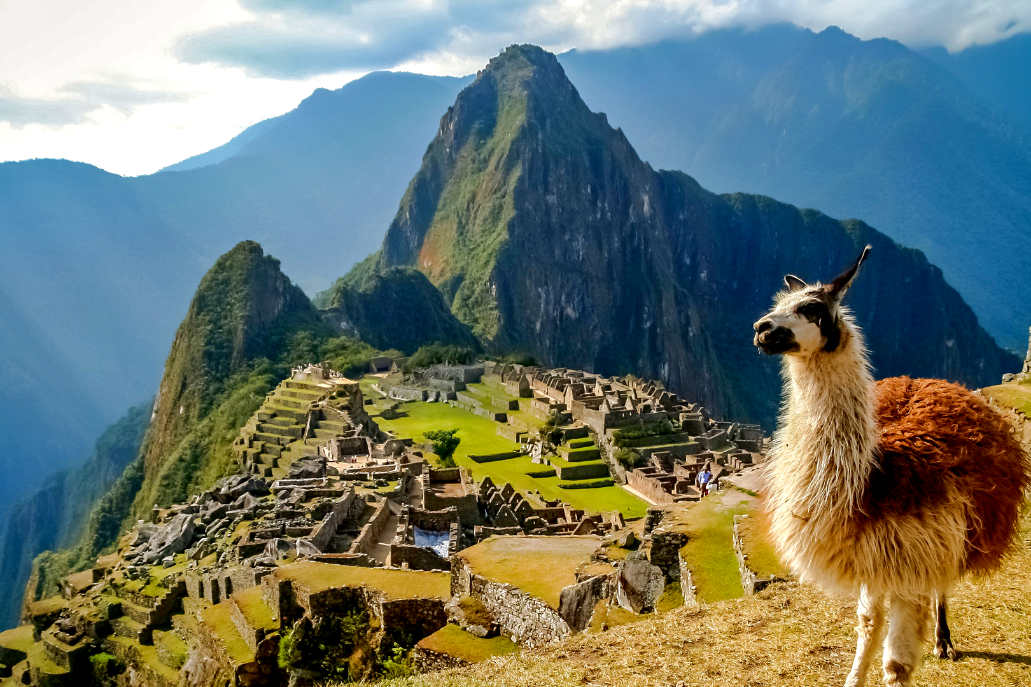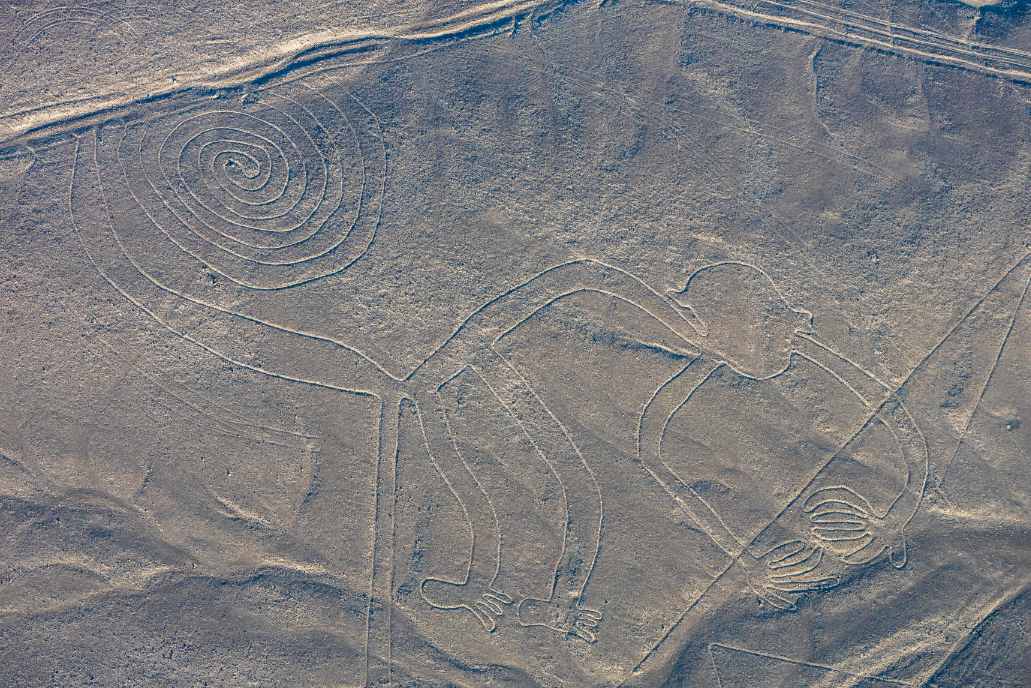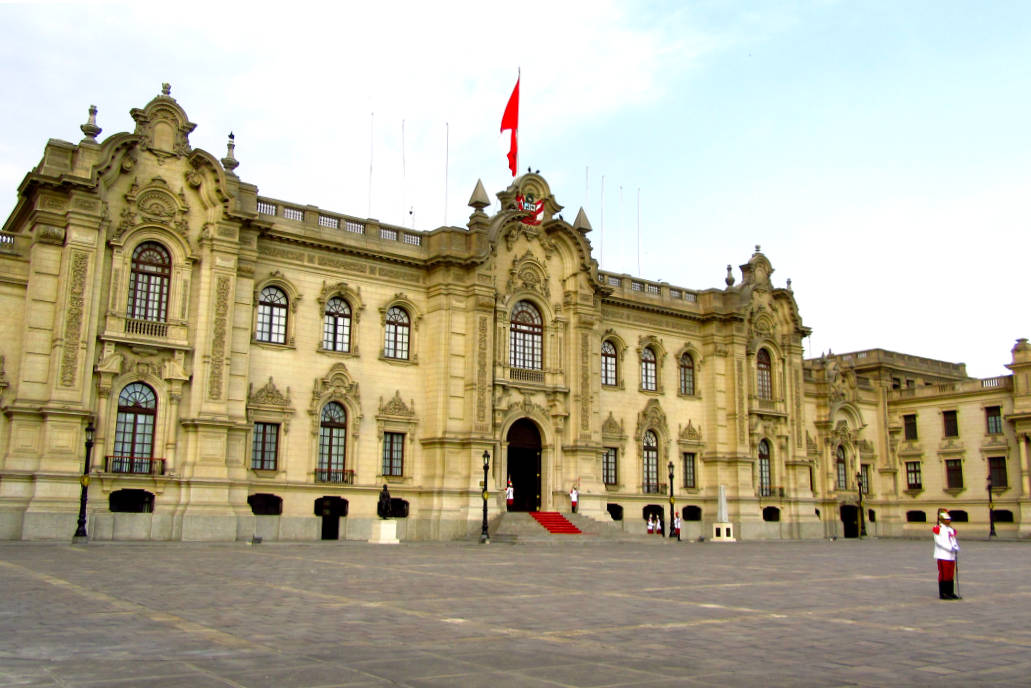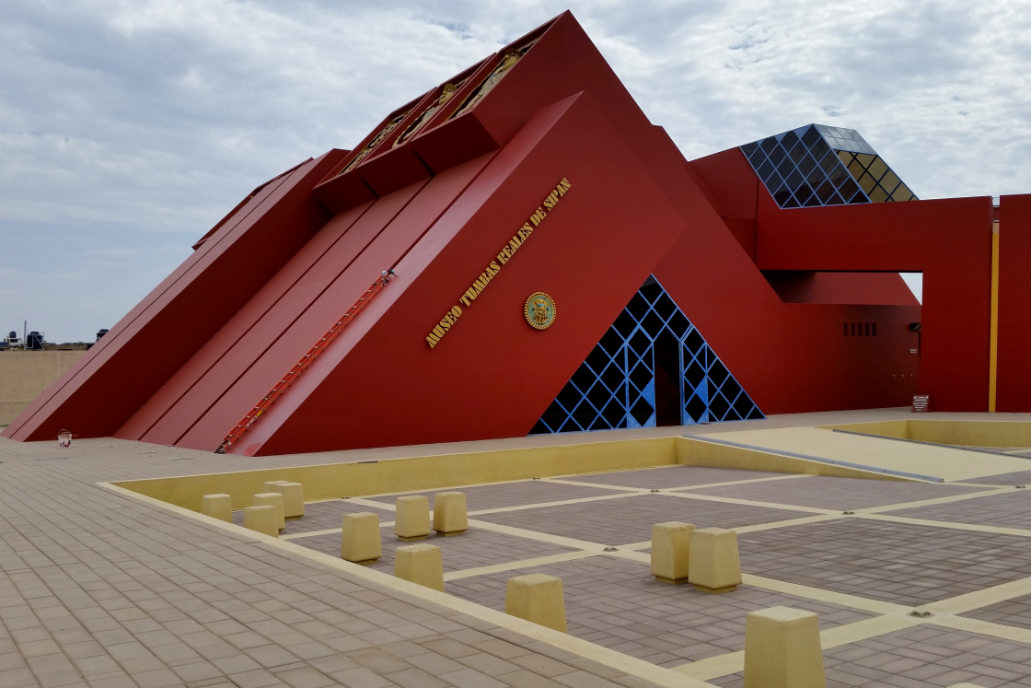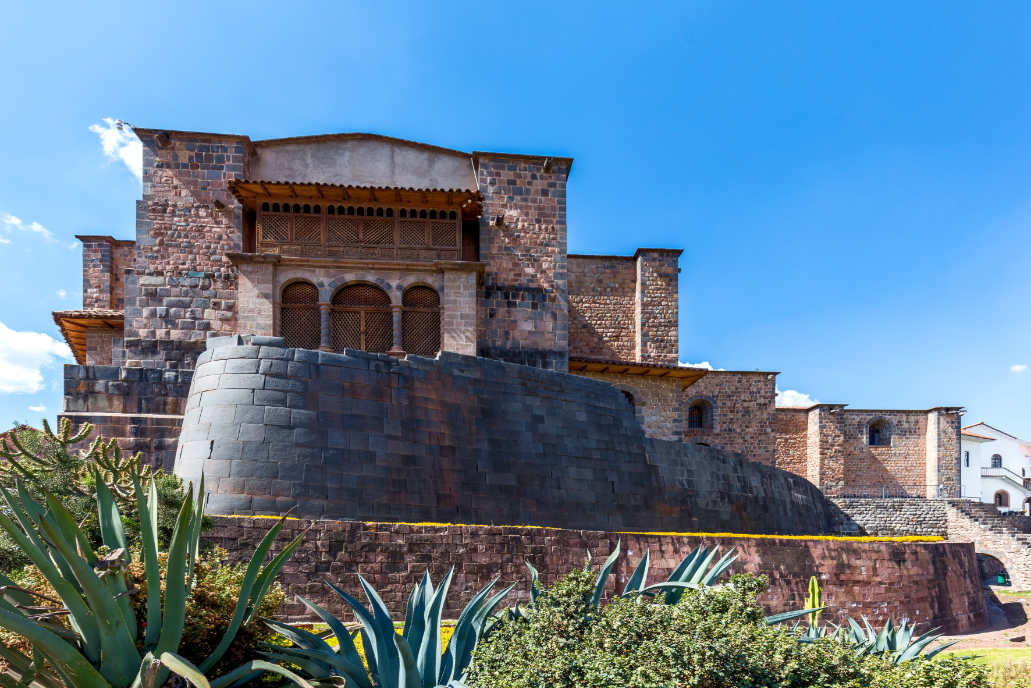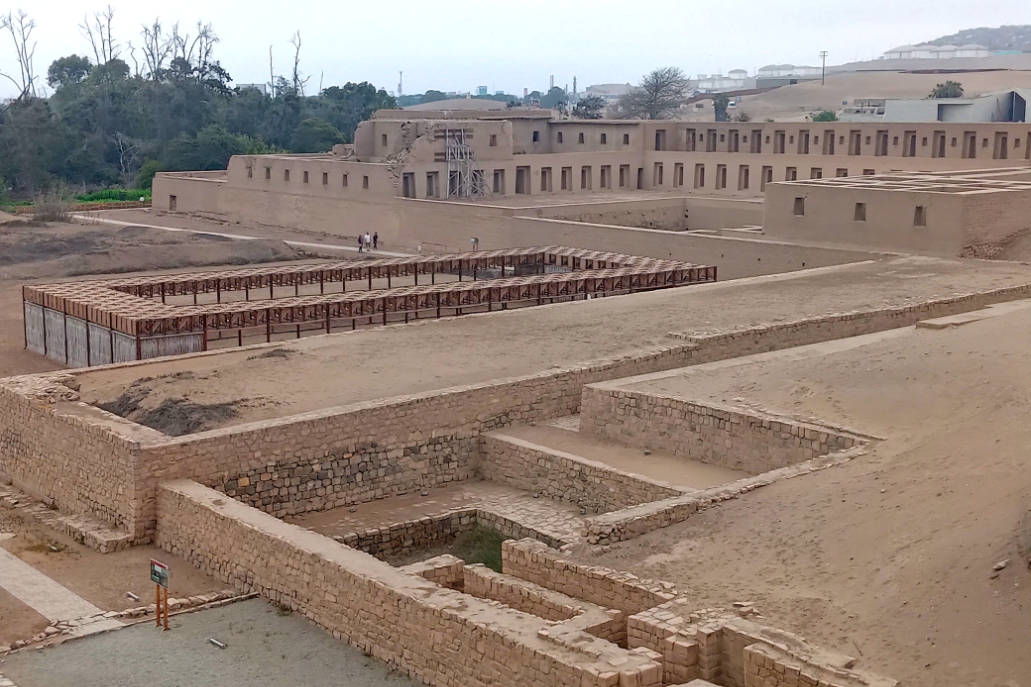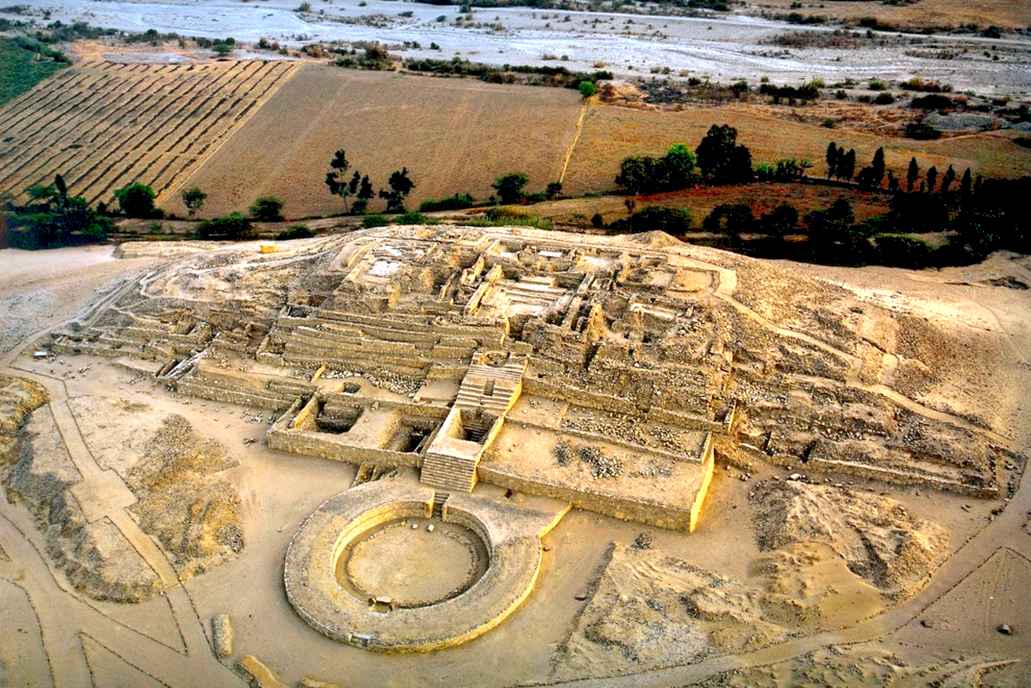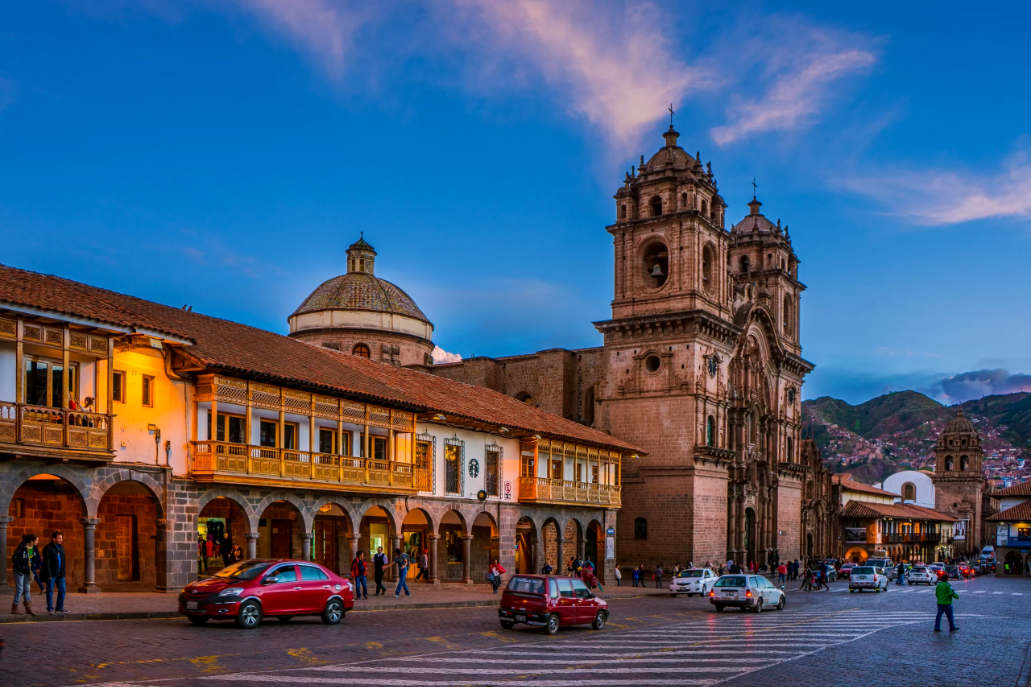The 8 most important historical sites in Peru
Peru has an interesting history whose first civilizations date back to 4,000 BC. The first cultures found by archaeologists settled in the central and northern coast of the country, such as the archaeological remains of Caral, Chavin, Mochica and more. However, the civilization whose mark marked a before and after in Peruvian history was the Incas. They built sites whose architectural beauty and historical importance survive to this day. Such is the case of the archaeological sites of Machu Picchu, Sacsayhuaman, Coricancha and more. Learn about the 8 most important historical sites in Peru!
Content
The remains of the first men of Peru – Bone remains of the first men in Peru date back to 20 thousand years B.C. The ‘Lauricocha Man’ in the Huanuco region, at 4,000 meters above sea level, are the oldest bone remains. Research indicates that these men were dedicated to hunting and gathering. They even performed funeral rites for their dead, about 10 thousand years B.C. Likewise, in the region of Ayacucho, in the Piquimachay cave, the remains of stone tools such as knives, points and more were discovered. These remains date back to 20 thousand years B.C. and are known as the Paccaicasa man. In the same way, on the Peruvian coast, in the Chillon river valley, lithic instruments were found 11 thousand years BC. This finding is known as the Chivateros Man.
Machu Picchu, wonder of the world
Machu Picchu was chosen in 2007 as one of the 7 Wonders of the Modern World. Since then it has become one of the most visited tourist attractions in the world. It is located in the high jungle in the eastern part of the Andes Mountains in Cusco, Peru. It was an important city for the Incas in their domains in the east. It stands out for its scenic beauty and great architectural work.
Machu Picchu is a symbol of Peru. It has stone constructions of great carved stone work, such as: the Temple of the Sun, the Main Temple, the Temple of the 3 Windows, the Intihuatana, the Sacred Rock, the Temple of the Condor, the Hall of Mirrors and more. In the Inca city you can also take short trekking routes, such as those leading to the peaks of its Huayna Picchu and Machu Picchu mountains.
- How to get there? – From the city of Cusco by bus and train (approximately 4 hours) or by bus by the alternative route of Hidroeléctrica (7 hours). Also by bus by the alternative route of Hidroeléctrica (7 hours) or with the famous Inca Trail 4 days.
- How much does the visit cost? – Entrance to Machu Picchu for foreign adults costs 154 soles on average. There are discounts for university students, children under 18 and citizens of the Andean Community of Nations: Peru, Colombia, Ecuador or Bolivia.
The Nazca lines in the Ica desert
The Nazca lines are present in different symbols of Peru, such as its coins, coats of arms and even in the Peru brand present in all local and foreign advertising. It is a system of gigantic figures in the Nazca desert south of Lima. The images represent figures of animals, birds, fish and men. For researchers like Maria Reiche it was an astronomical calendar of the Nazca culture (200 A.D. – 600 A.D.).
It is estimated that in the Nazca desert there are about 800 designs in the sand, many of which have yet to be studied and enhanced. The most popular figures are those representing the hummingbird, the condor, the spider, the pelican and the monkey. These geoglyphs can reach 270 meters in length and can only be distinguished by flying over the area with a small plane. It is one of the most popular tourist attractions in Peru.
- How to get to Nazca? – From the city of Lima you must travel by bus to the city of Nazca through the Panamerican Highway South (distance of 447 kilometers or 7 hours of travel).
- How much does it cost? – A tour that flies over the Nazca lines in a small plane costs an average of 80 dollars per person. Another way is to observe only a part of the lines in the desert through a lookout point that costs 5 soles on average.
Peruvian Government Palace in Lima
The Government Palace of Peru is located in the Plaza de Armas in the city of Lima. As its name indicates, it is the house of the executive power, of the President of the Republic of Peru, elected for a period of 5 years. It has a great history dating back to the founding of the city in 1535. It is also known as ‘Casa Pizarro’ because it was Francisco Pizarro who ordered its construction and location.
The Government Palace was the scene of numerous historical events such as the death of Francisco Pizarro in 1541, the fall of its walls in the earthquake of 1586, in 1821 the liberator Don Jose de San Martin went to the Plaza de Armas in Lima to proclaim the independence of Peru. And thus, in the successive years and for more than 200 years, the executive precinct changed its form until adapting its present figure since 1938.
- How to get there? – The Government Palace is located in the Plaza de Armas in the city of Lima. From the district of Miraflores it can be reached by cab in a trip of only 10 kilometers.
- How much does the tour cost? – The tour of the Government Palace is free with prior registration online.
The Royal Tombs of the Lord of Sipán
The Royal Tombs of the Lord of Sipan were found in July 1987 by the team led by Peruvian archaeologist Walter Alva. Its discovery was a success because it was a tomb of an important ruler of the Mochica culture of the third century A.D., along with his funeral procession that were buried with him, as a child, three women and four men, a llama, a dog, as well as more than six hundred objects including ceramics, textiles, gold objects, food and more. In addition, more tombs and precious objects were found in the enclosure that allowed to better understand the vision of death in the elite of the Mochicas.
Today, the museum of the Royal Tombs of the Lord of Sipan is located in the district of Lambayeque, just 10 kilometers from the city of Chiclayo in northern Peru. It is one of the most beautiful and important museums in the country. Because of the importance of the buried personage and the archaeological remains found next to him, it is an important discovery for Peru and South America.
- How to get to Lambayeque? – From the city of Lima you must travel by bus to the town of Lambayeque through the Panamerican Highway North (distance of 782 kilometers or 13 hours of travel). Another way is to buy a flight from Lima to Chiclayo (it takes less than 1 hour).
- How much does the visit cost? – The entrance ticket to the Royal Tombs of the Lord of Sipan Museum costs 8 soles for adults.
The Coricancha, the Temple of the Sun
The Coricancha was the main Inca temple of the Tahuantinsuyo. It is located in the city of Cusco, the capital of the Inca empire. Its construction dates back to the thirteenth century, when the Incas arrived in the valley of Cusco from the highlands. At the time of Emperor Pachacutec (15th century), the temple was remodeled for the worship of the sun, the supreme Inca god. The Inti Raymi, the most important religious festival in Inca times, was celebrated there.
The chronicles state that the Coricancha had walls with sheets of gold, silver and precious stones. These have the finest carved walls of the Inca empire. When the Spaniards arrived, the treasures were looted. On the foundations of Coricancha, the Spanish built the church and convent of Santo Domingo. Due to earthquakes like 1650 or 1950, some colonial walls were destroyed. The Inca walls, on the other hand, are still solid.
- How to get there? – From the city of Lima you must travel by bus to the city of Cusco on a route of 1,101 kilometers (22 hours travel time on average). Another option is to take a flight from Lima to Cusco (1 hour trip on average).
- How much does the visit cost? – The general entrance to the Coricancha costs 15 soles on average per visitor. It does not include the company of a tour guide that can be hired at the entrance.
The Historic Sanctuary of Pachacamac in Lima
Pachacamac was an oracle where ancient Peruvian cultures went to from the first inhabitants of Lima, such as the Lima culture (100 A.D. – 650 A.D.) and Ychma (1,000 A.D. – 1,500 A.D.) through the Wari culture (450 A.D. – 1,000 A.D.) and Inca (1,200 A.D. 1500 A.D.), until the Spaniards sacked and took Pachacamac in 1533. It is said that the Inca was carried to Pachacamac to consult his oracle.
The Historic Sanctuary of Pachacamac has temples and buildings in different periods over more than a thousand years. Highlights include the Old Temple, the Painted Temple, the Tauri Chumpi Building, the Pilgrims’ Plaza, the Temple of the Sun, the Temple of the Moon (acllahuasi) and more. Today it has a very interesting site museum that, after several remodeling works, it is shaping up to become one of the best museums in Peru.
- How to get to Pachacamac? – The Historic Sanctuary of Pachacamac is located in the district of Lurin, south of Lima, about 49 kilometers by car (average 1 hour trip).
- How much does the visit cost? – Admission for adults in general costs 15 soles. There are also discounts for students and children under 18 years old.
The sacred city of Caral in Lima
Caral is the oldest city and civilization in Peru (and America), which dates back to 4,000 years B.C. Its discovery was made in 1997 by Peruvian researcher Ruth Shady. Caral is located on the north coast of Lima, in the valley of the Supe River. Due to its good state of preservation and the archaeological findings there, it is one of the most important archaeological discoveries and sites in Peru, America and the world.
Caral covers an area of 626 square kilometers where pyramidal buildings, dwellings, residential complexes, temples, public buildings, as well as clay statuettes, quipus (stringed numbering system), musical instruments, cotton textiles, astronomical calendars and more were found. Research at Caral continues to surprise the world.
- How to get there? – The sacred city of Caral is located 174 kilometers by road from the city of Lima (3 hours and 30 minutes travel time on average).
- How much does the visit cost? – Admission for adults in general at Caral is 11 Peruvian soles. There are also discounts for students and children under 18 years old.
The city of Cusco, navel of the world
The city of Cusco was the capital of the great empire of the Incas, called Tahuantinsuyo (empire of the 4 of them in Quechua language). There the Incas built their main temples and palaces, made of stone. The urban organization was based on stone streets, large squares, which are still preserved today along with the colonial architecture of the sixteenth and seventeenth centuries. Due to its historical importance, UNESCO declared it a World Heritage Site.
Strolling through the city of Cusco is to enter a museum city with historical sites everywhere. In addition to the Coricancha (Temple of the Sun), there are historical constructions such as Sacsayhuaman (walls made of stones weighing more than 120 tons), the Cathedral (an imposing colonial temple with treasures in gold and silver) and more. About 80 kilometers from the city of Cusco is Machu Picchu, one of the best tourist attractions in the world.
- How to get there? – From the city of Lima you must travel by bus to the city of Cusco on a route of 1,101 kilometers (22 hours travel time on average). Another option is to take a flight from Lima to Cusco (1 hour trip on average).
- How much does it cost? – Touring the historic city of Cusco is free for everyone. The entrance to its main historical constructions does have a cost.
By Machupicchu Terra – Last updated, October 29, 2024
